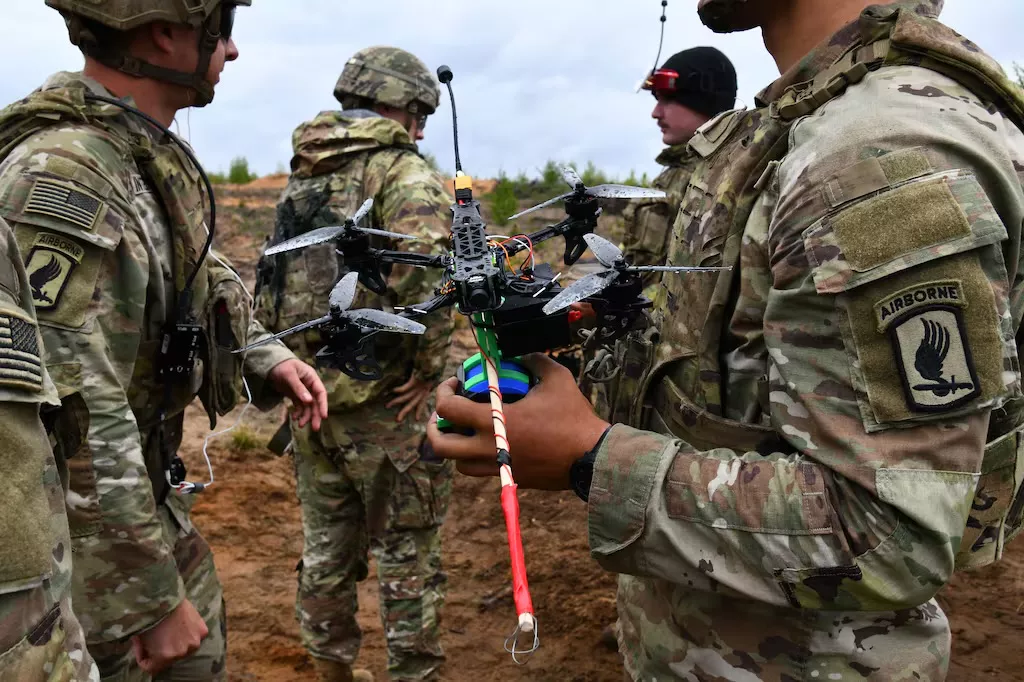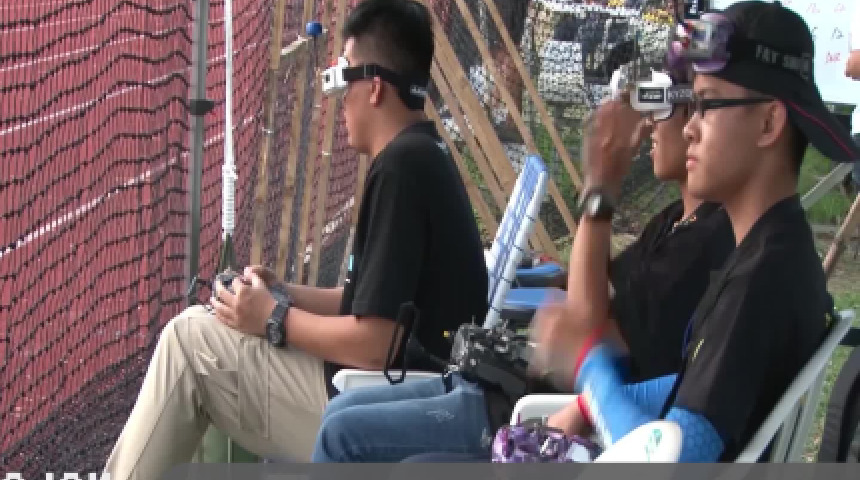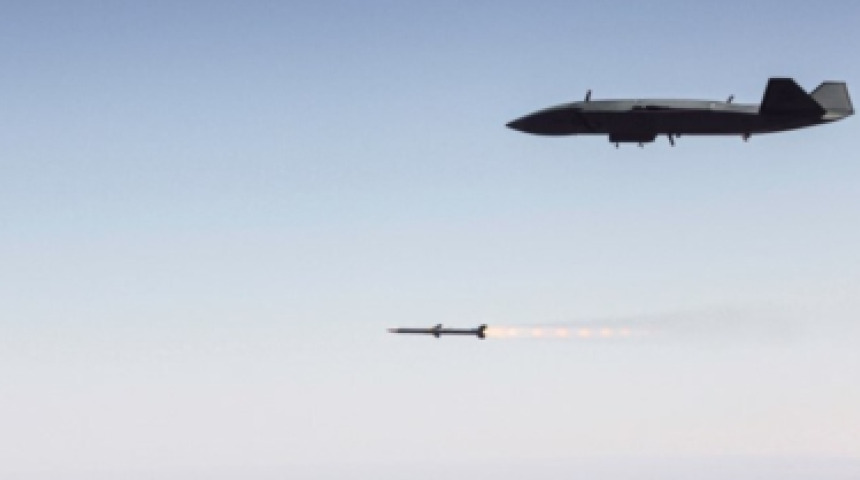美軍專家:無人機編隊可取代駐歐大規模地面部隊?「以少敵多」或成新常態

(Elena Baladelli/U.S. Army)
自二戰後,美國陸軍長期以重裝甲與機械化旅為核心,用以防衛歐洲。但國際戰略重心轉移與財政壓力下,一位美國智庫專家提出大膽方案:以無人機部隊(drone units)取代歐洲大型駐軍,打造可快速投送、低成本且高機動性的遠征編隊。
華盛頓智庫戰略與國際研究中心(CSIS)未來實驗室主任 Benjamin Jensen 在分析中指出,與其維持龐大、基地化的步兵和裝甲輪替隊,不如用「混合型無人機單位」取代,這些單位可提供打擊、偵察與電子戰能力,快速進出並放大盟軍戰力。Jensen 設想一種模式:北約歐洲成員保留傳統戰鬥兵器(坦克、步裝車等),而美軍提供無人機支援,二者協同作戰,達到「以較少人力換取等效戰力」的替代效果(substitution)。
他舉例說,若以一個 1,000 人的營級單位換成一個 250 人、搭載 500 架第一人稱視角 FPV 無人機與多軸機編成的輪替營,便可在盟友間快速流動並執行任務。Jensen 強調,關鍵在於「可重構性」:若無人機能快速更換載具(偵蒐、電子戰、打擊),單一平台即可應對多種任務需求。
不過批評者提醒,長航時中空高度平台(MALE)等中大型無人機雖具持久力與載彈量,但也面臨被防空系統打擊的風險;烏克蘭與也門的實例顯示某些無人機在高強度防空環境下易受損。Jensen 回應,仍需保留具載重與續航力的中大型無人機,以便持續監控並在必要時投放重型武裝。
他特別強調,後備與國民警衛隊(Army Reserve / National Guard)可成為建立新型無人機部隊的主力,許多原有航空單位也能被改裝為無人編隊,既省成本又能快速動員。Jensen 認為,若採行這一策略,無人機編隊不僅能在歐洲發揮作用,也適用於廣袤的太平洋戰場。
🔍 三大觀察重點
1️⃣ 「以量換效」的戰略轉向:無人機可在短時間內放大火力與感蒐能力,對台灣而言,發展可量產、可替換載具的無人系統能在資源有限下提升防守深度。
2️⃣ 後備動員與民間產能價值提升:Jensen 建議把後備部隊轉型為無人編隊;台灣可借鏡,結合國內民間航太/電子產業與後備系統,打造快速補給與維修鏈。
3️⃣ 防空與抗干擾需同步加強:小型與中大型無人機在高強度防空環境下仍脆弱,台灣在推動無人化力量時,必須同步強化防空、電子對抗與反無人機能力,避免「單一解法」帶來盲點。
Drones Could Replace Large U.S. Army Units in Europe, Expert Suggests
Since 1945 the U.S. Army was structured to defend Europe with heavy mechanized brigades. But strategic shifts and budget pressures have prompted rethinking. Benjamin Jensen, director of the Futures Lab at CSIS, proposes replacing some large forward-deployed garrisons with expeditionary drone units that can be rapidly deployed and economically sustain operations.
Jensen envisions NATO partners supplying traditional combat arms (tanks, IFVs) while U.S. drone units provide strike, reconnaissance and electronic warfare capabilities. He proposes smaller rotational battalions — e.g., 250 personnel supported by hundreds of FPV and multirotor drones — that can flow in, operate with partner forces, and flow out quickly. The concept hinges on “substitution”: drones offering equivalent combat value at lower cost.
He argues drones should be reconfigurable across payloads (ISR, EW, strike) to maximize utility. Jensen cautions against eliminating medium-altitude long-endurance (MALE) systems, noting their persistence and payload remain necessary despite vulnerability in contested airspace. He also suggests Reserve and National Guard forces can be repurposed into drone formations to minimize costs and speed mobilization.
If adopted, drone-centric expeditionary forces could change deterrence dynamics by providing flexible, mobile options to reassure NATO allies and project power in theater — including utility in the Pacific where distances favor transportable formations.
🔍
Three Key Observations
1️⃣ Substitution as a New Deterrence Logic
The concept of replacing large, expensive garrisons with small, flexible drone formations reflects a fundamental shift in U.S. deterrence strategy — from static presence to dynamic, networked deployment. This “substitution” approach reduces cost while maintaining credible combat power projection.
2️⃣ Reserves as Drone Force Multipliers
Integrating drone units into the Army Reserve and National Guard offers a scalable and cost-efficient way to expand capacity without enlarging the active force. This could redefine how democratic nations, including Taiwan, mobilize manpower and civilian technology sectors in modern warfare.
3️⃣ Asymmetric Lessons for Taiwan and Allies
The U.S. proposal shows how nations facing larger adversaries can achieve deterrence through distributed, autonomous systems rather than sheer troop numbers. For Taiwan, investing in reconfigurable drone formations and anti-EW resilience could enhance both defense depth and sustainability in prolonged conflicts.




回應文章建議規則: